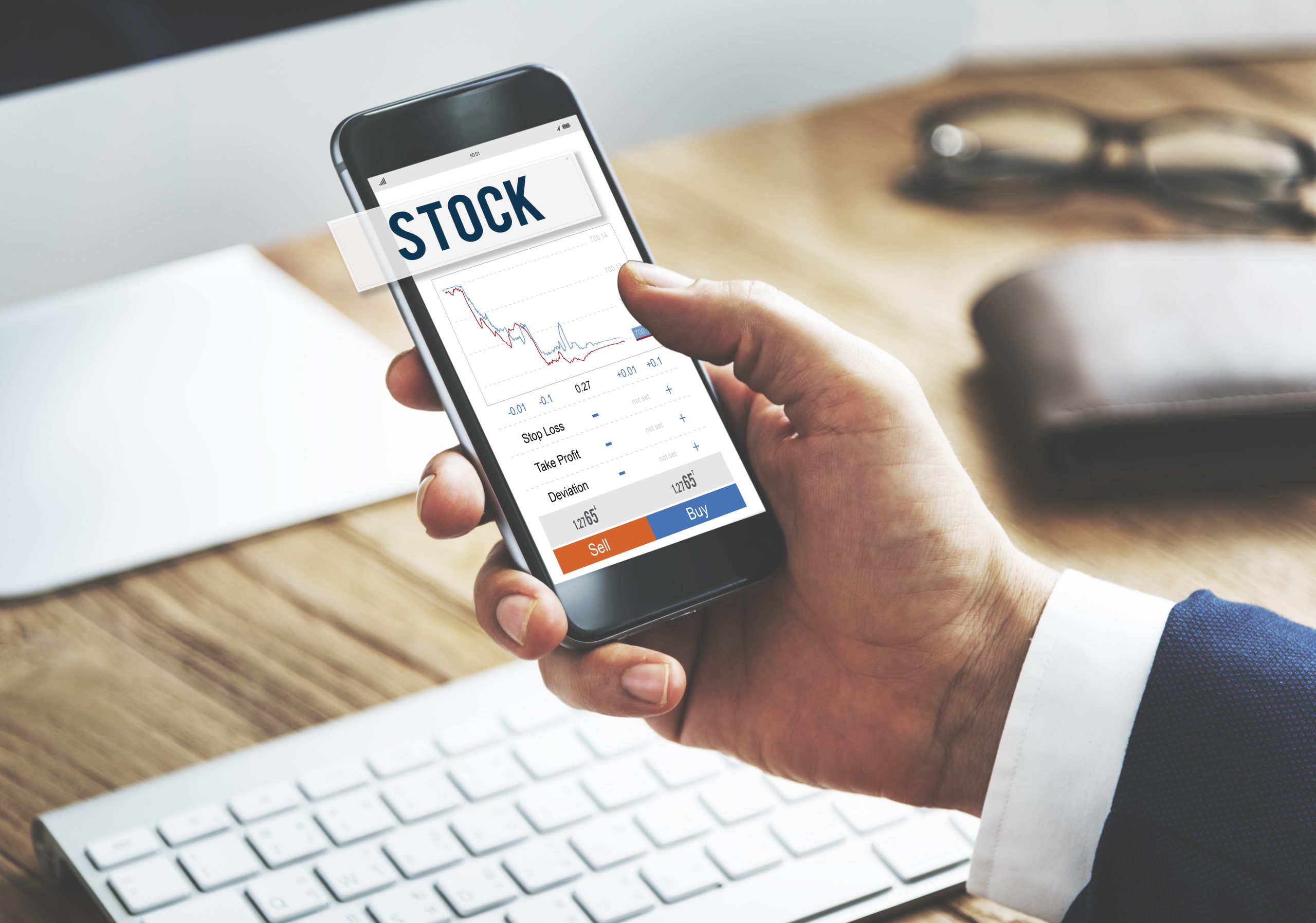The Adani Group Stocks has stood as one of the giant conglomerates in India, but for some time now, it has come under major scrutiny and huge volatility. Even after the deep sell-off that left billions off market capitalization, stocks belonging to the group have been attempting to stage a recovery. On November 25, 2024, major stocks from the Adani Group, including Adani Enterprises, Adani Ports, Adani Power, Adani Green Energy, and Adani Wilmar, saw a rebound and rose anywhere between 3% to 6% in a period. However, these stocks also need to decline from their high and remain in the green.
We will go deep into the causes of the sharp sell-off into Adani Group, the subsequent recovery, and what is in store for the conglomerate. We will explore the implications of allegations, governance concerns, and what ratings agencies had to say to affect market sentiment. Finally, wconcludegarding the long-term prospects of Adani Group stocks and where investors can wisely stay invested or take caution.
The First Sell-Off: What Caused the Drop?
On 21 November 2024, Adani Group shares witnessed one of the sharpest falls on a single day in history, with the market capitalization of the group dropping by as high as ₹2.2 lakh crore. It was attributed to multiple factors that culminated in the significant erosion of investor confidence.
1. Allegations of Bribery Scheme
The alleged US $250 million bribery scheme orchestrated by Adani Group executives, which involves Gautam Adani, the group’s chain, into securing solar contracts in India, is seen by critics as a primary trigger for market sell-off. Concerns about the governance practices within the group now touch on the adequacy and clarity of its openness and accountability regarding significant business deals.
These accusations portrayed an adverse image of the Adani Group. Moreover, they increased the focus on the company’s financial solvency as well. Consequently, the overall news along with its severity instilled severe selling pressure among investors, as they were afraid of long-term reputational damage, legal issues, and investigation by regulators.
2. S&P Global Ratings Downgrade
Adding to the pressure was S&P Global Ratings, one of the three most influential credit rating agencies in the world, which downgraded the outlook for three key Adani Group companies—Adani Electricity Mumbai Ltd, Adani Ports and Special Economic Zone Ltd, and Adani Green Energy Ltd Restricted Group 2—to negative. The news was an earthquake that shook the market with potential financial instability for the group.
Even so, S&P retained its ratings on the companies. However, the negative outlook called into question the group’s potential to achieve stable cash flow, most especially in light of the bribery allegations. S&P also added that if the allegation proved correct, or the group’s funding costs increased or access to funding was lowered, the cash flows would be huge.
3. Investor Sentiment
There would be huge repercussions from the allegations coupled with the downgrade by S&P in terms of investor sentiment. Banks and bond investors, with apprehension over the risk, could impose stricter exposure limits thathurtpact on the group’s ability to finance further growth and refinancing. This would be a significant hurdle for any conglomerate that has relied on debt financing for its rapid expansion.
Consequently, the stocks in the group, particularly Adani Enterprises, Adani Green Energy, and Adani Ports, took a heavy beating, with some stocks dropping by up to 20% on the sell-off day.
What Changed on November 25? Recovery
A day after the dramatic losses, stocks of Adani Group rebounded on 25 November with most of them rising by as much as 6%. Stocks of Adani Enterprises, Adani Ports, and Adani Power rose by 4-5%, whereas Adani Green Energy and Adani Wilmar saw some buying interest, pushing their prices up by 3-6%.
Although the struggles of this group were far from over, several factors contributed to this recovery.
Bargain Hunting by Investors
One of the strong reasons behind the recoveries is that investors, seeing the sharp fall in the prices as an opportunity to buy stocks at a discounted rate, increased buying interest. Even though negative news surrounds the group, investors who are well abreast of the growth prospects of the company over the long term might have seen the dip as an opportunity to join in with a lower price.
Positive Reactions from Key Stakeholders
Another equally important factoring into the recovery was the statement from the Adanireassuringsurting the public that the company was committed to its expansion plans. The subsidiary, Adani Infra, continued pursuing its ambitious infrastructure projects, and despite market turbulence, the group reaffirmed its plans to invest in renewable energy, ports, roads, and other key infrastructure sectors. This signalled some relief among investors and market participants.
The Continued Demand for Infrastructure
Energy, infrastructure, and renewable energy have remained the core business segments for the Adani Group. As the company focuses more and more on green energy, it is poised to grab the advantages of the shift in India toward sustainable development. Still, the continued demand for infrastructure projects in India and around the world might bode well for the long-term prospects of the group.
Global Investor’s Confidence in Adani Ports
Among the various companies of the group, one of the most established and profitable businesses is the Adani Ports and Special Economic Zone (SEZ). The company remains a big player in Indian logistics and transportation with the enormous volume of cargo handled by Adani Ports. Continued efforts of the government in infrastructure spending, especially in ports and logistics, also add a layer of confidence to the company’s future.
1. The Road Ahead for Adani Group
The bounce back on November 25 may have given some hope, but the road ahead for Adani Group is abysmally hazy. Fluctuating stock prices serve as a reminder of the peril one faces when investing in firms plagued by governance and financial issues. That being said, there are a few factors that would determine the future trajectory for Adani Group’s stocks:
2. Legal and Regulatory Risks
Ongoing legal challenges stemming from bribery allegations and regulatory scrutiny from domestic and international authorities continue to weigh on investor sentiment. Although the group has yet to be placed under actual formal charges, the legal battle could, in some cases, take months or even years to come to a head, leaving its share value somewhat shrouded in uncertainty.
3. Governance and Transparency
There will be an ongoing observation of the governance practices within the group and its ability to address concerns related to transparency and accountability. It should try harder to regain investor confidence through its more formidable implementation of stricter corporate governance measures and stronger communication with the public.
4. Impact of Debt and Credit Ratings
With the group relying heavily on debt for funding its expansion plans, changes in credit ratings or tightening of funding access could impact the group’s capacity to grow and refinance debt. This may impact long-term profitability and stock prices going forward.
5. Increased Focus on Green Energy
On a more positive note, the growing focus on green energy, renewable power, and sustainability presents a significant opportunity for the Adani Group. The company’s investments in solar energy, wind energy, and green hydrogen are aligned with India’s energy transition goals. As the world moves toward sustainability, the Adani Group’s renewable energy portfolio could provide the company with long-term growth opportunities.
6. Political and Economic Factors
The political and economic environment of India also determines the fate of the Adani Group. With the support of the large projects of the infrastructure sector along with renewable energy sectors, the Adani Group is likely to take advantage of these policy initiatives. But there might be further uncertain toes to political and economic changes.
Conclusion: Buy, Hold, or Sell Adani Stocks?
This recovery in Adani Group stocks may have provided just a breather to investors, as the group still faces several challenges. That will not only depend on the legal and governance aspects but also be dictated largely by external factors that continue to haunt its future-state prospects – credit ratings and regulatory pressure.
For investors considering whether to buy, hold, or sell Adani stocks, it is essential to carefully assess the risks and rewards. While the Adani Group has strong fundamentals in its core businesses, the ongoing legal battles and regulatory concerns create significant uncertainty. Investors should stay informed about any developments in the group’s governance and legal issues and closely monitor the market’s reaction to future announcements the long-term-term prospects of the Adani Group are particularly matched to India’s infrastructure and renewable energy sectors. For an investor who has a long-term horizon and, more importantly, a high-risk risk appetite, Adani shares could still pa resent potential upside. Hor, those with risk aversion being more significant, may wish to wait for clearer signals before making any big investment decision.















0 Comments